Garlic Mustard
Information
Alliaria petiolata - Brassicaceae Family - Biennial
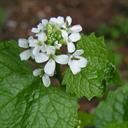
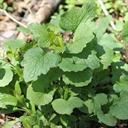
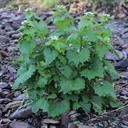
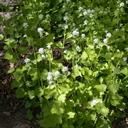
Identification
- Flowers: Small, four petaled white flowers clustered at the top of a single stem.
- Seeds / Roots: Prolific seed producer. The root has a distinct “L” or “S” shape just below the stem.
- Leaves: Rosette leaves are kidney shaped. Mature stem leaves are triangular and become increasingly smaller towards the tip. In the spring, new leaves have a prominent garlic smell.
- Flowering Time: April – June after the first year.
- Life cycle: 4ft tall biennial herb that germinates and forms seedlings in the spring and early summer, followed by flowering and seed production the following spring.
Impacts
- Produces chemicals that inhibit the growth of other plants, fungi, and butterfly larvae.
- Displaces native plants due to self-pollination, early maturation and seed production, lack of natural enemies, and an aggressive mat-like growth habit.
Control
Most effective control methods
- For mature plants, hand pulling in the spring before seed production is the most effective form of control for small infestations.
- Dispose of the stems and flowers from the site, as pulled plants left on the ground can still produce viable seed.
- For rosettes, hand pulling is not recommended, as the stems tend to break off at ground level and the plants re-sprout.
- Monitor the site throughout the season, as germination takes place for many months. Seeds may stay viable in the soil for up to 10 years.
- For larger infestations, spraying in the spring and/ or fall with a selective herbicide such as 2, 4-D and dicamba (such as Weed-B-Gon), Triclopyr (Garlon 3A), and Metsulfuron (Escort XP) has been known to be effective.
Control methods and timing
| March | April | May | June | July | Aug | Sept | Oct |
|---|---|---|---|---|---|---|---|
|
Prev Chem Mech |
Prev Chem Mech |
Mech |
Mech |
Chem |
Chem |
Prevention (Prev) Monitor and destroy new plants before seed production.
Mechanical (Mech) Hand pulling, digging, cutting, mowing and tilling.
Cultural (Cult) Biological control agents, livestock grazing, and revegetation practices.
Chemical (Chem) Selective herbicides based on the plant and the specific location. Check our weed fact sheets for specific control information.
Large Images
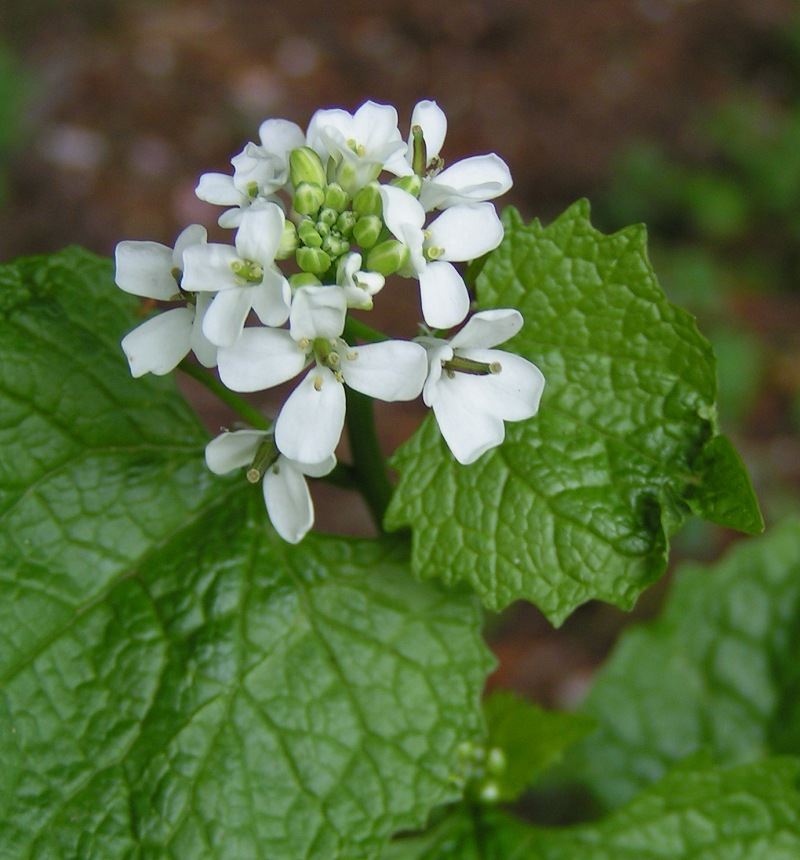
Garlic mustard: flower
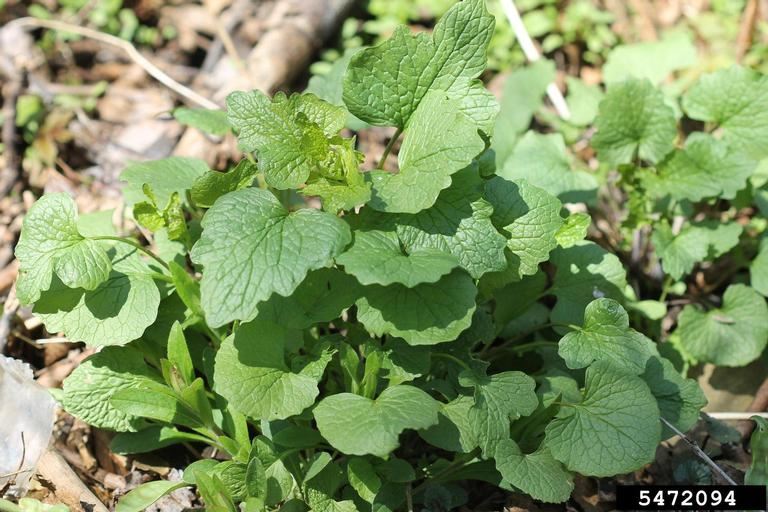
Garlic mustard: foliage
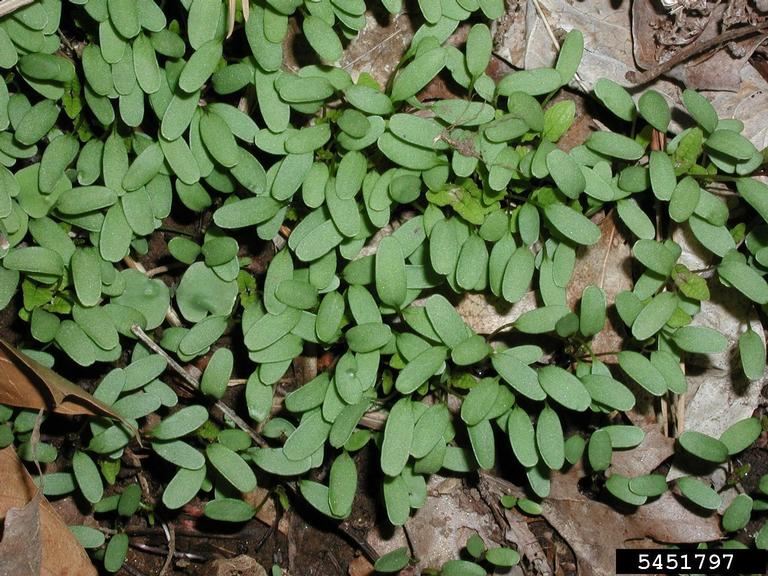
Garlic mustard: seedlings
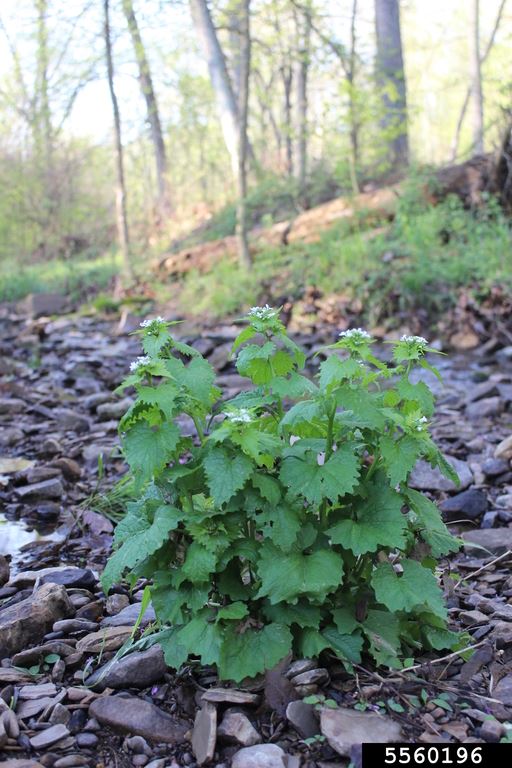
Garlic mustard: plant
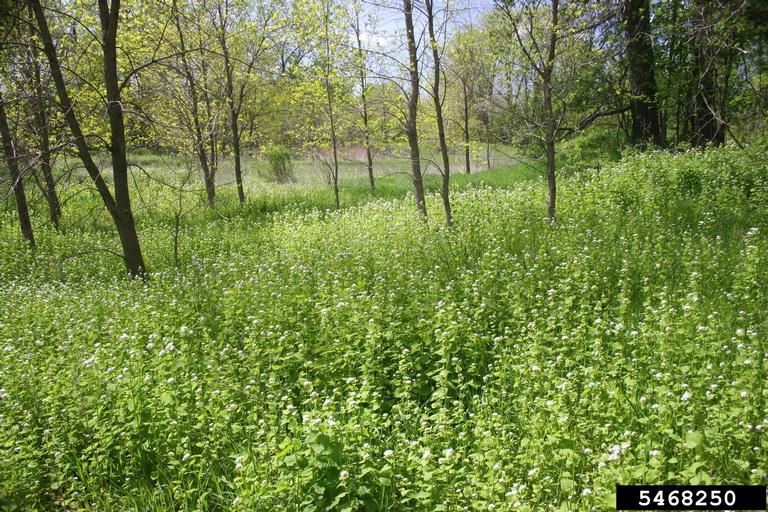
Garlic mustard: infestation
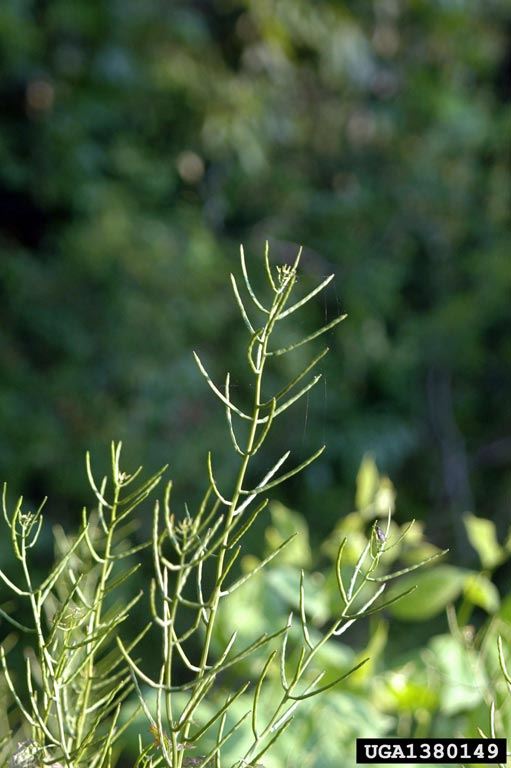
Garlic mustard: seed pods

Garlic mustard: infestation
Resources
-
References
DiTomaso, J.M., G.B. Kyser et al. (2013). Weed Control in Natural Areas in the Western United States [PDF file]. Weed Research and Information Center, University of California. Retrieved from https://wric.ucdavis.edu/information/natural-areas/wr_A/Alliaria.pdf View PDF
East Multnomah Soil & Water Conservation District. (2016, March 29). Getting rid of invasive garlic mustard! Retrieved from https://emswcd.org/removing-garlic-mustard/
King County Noxious Weed Control Program. (2010, February). Garlic Mustard [PDF file]. Retrieved fromhttps://www.nwcb.wa.gov/images/weeds/Garlic-Mustard-Control_King.pdf View PDF
Landis, D., & Evans, J. Garlic Mustard Management Options. Retrieved fromhttps://www.canr.msu.edu/ipm/invasive_species/garlic_mustard/management_options
Wisconsin Department of Natural Resources. (2006). Garlic Mustard [PDF file]. Retrieved from https://dnr.wi.gov/files/pdf/pubs/fr/fr0350.pdf View PDF




